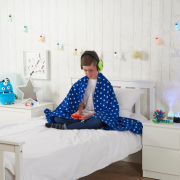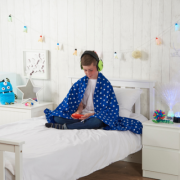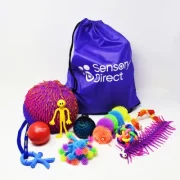Get exclusive deals you won't find anywhere else straight to your inbox.
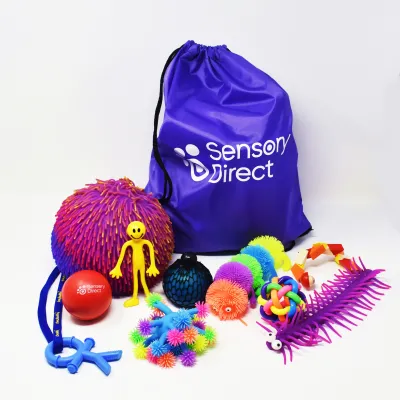
What Is Stimming And How To Manage It
What is stimming and how can you manage it?
Stimming, short for self-stimulatory behaviour, refers to repetitive or stereotypical movements, sounds, or actions that people engage in to regulate their sensory experiences and to relieve stress and anxiety.
Examples of stimming
Some common examples of stimming behaviours include hand-flapping, rocking back and forth, spinning in circles, tapping or humming and repeating words or phrases.
In this article we will discuss how to manage it.
Children with autism are more likely to engage in stimming behaviours than neurotypical children.
This is because many individuals with autism have sensory processing difficulties that can make them feel overwhelmed or understimulated by sensory input in their environment.
Stimming can help them to regulate their sensory experiences and to reduce feelings of anxiety and stress.
How can stimming help?
Stimming can serve a variety of purposes for children with autism, including:
1. Providing sensory input. Some children with autism may find certain types of sensory input, such as movement, sound, or visual stimulation, calming or pleasurable.
Engaging in stimming behaviours can help them to get the sensory input they need to feel regulated.
2. Reducing anxiety. Stimming can serve as a coping mechanism for children with autism who feel anxious or overwhelmed.
Repetitive movements or sounds can be soothing and help them to feel more grounded.
3. Expressing emotions. Some children with autism may use stimming to express their emotions, especially if they have difficulty with verbal communication.
For example, they may flap their hands or rock back and forth when they feel excited or happy.
It's important to note that stimming is not inherently harmful or disruptive, and it is a natural and important part of many individuals' experiences.
However, if stimming behaviours are interfering with a child's ability to learn, socialise, or participate in daily activities, an occupational therapist or other healthcare provider may be able to work with the child to develop alternative coping strategies.
Coping strategies
There are several strategies that can be used to help individuals with autism cope with stimming:
1. Identify triggers. Work with the individual to identify the specific situations or environments that tend to trigger their stimming behaviours.
Once these triggers are identified, strategies can be developed to either avoid or manage them.
2. Provide alternative sensory input.
Offer the individual alternative sensory experiences that can provide the same type of input as their stimming behaviour.
For example, if a child tends to flap their hands when they feel anxious, providing them with a stress ball or fidget toy to squeeze may help them to regulate their sensory experiences in a more socially acceptable way.
Some children bite and chew as a form of stimming. A sensory chew can provide a safe tool to provide sensory relief.
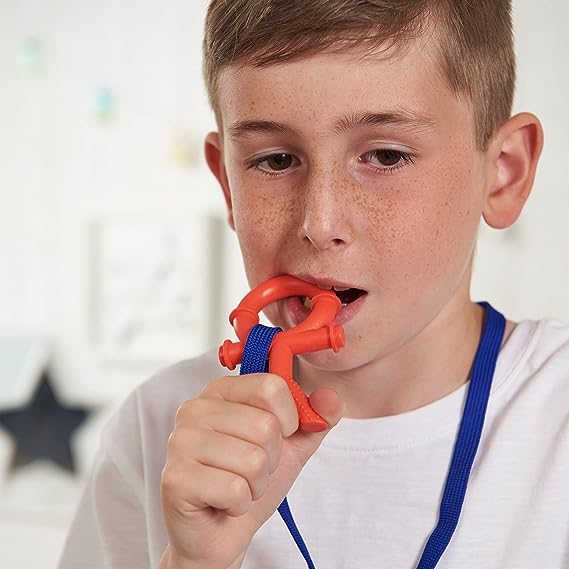 3. Teach coping skills. Teach the individual coping skills and relaxation techniques that they can use when they feel the urge to stim.
3. Teach coping skills. Teach the individual coping skills and relaxation techniques that they can use when they feel the urge to stim.
This may include deep breathing exercises or visualisation.
4. Develop a sensory diet.
Work with an occupational therapist to develop a sensory diet.
This is a personalised plan of activities that provides the individual with the sensory input they need to regulate their sensory experiences.
This may include activities such as swinging, jumping on a trampoline, wearing a weighted jacket or using a weighted blanket. Deep pressure in the form of a hug vest can also be beneficial for some.
5. Use positive reinforcement. Praise the individual when they engage in socially acceptable behaviours or use coping strategies to manage their stimming.
Positive reinforcement can be a powerful motivator for behaviour change.
Please remember
The aim of these strategies is not to eliminate stimming completely but to help individuals manage their stimming behaviours in a way that allows them to participate in daily activities and social situations while still providing the sensory input they need to feel regulated.







